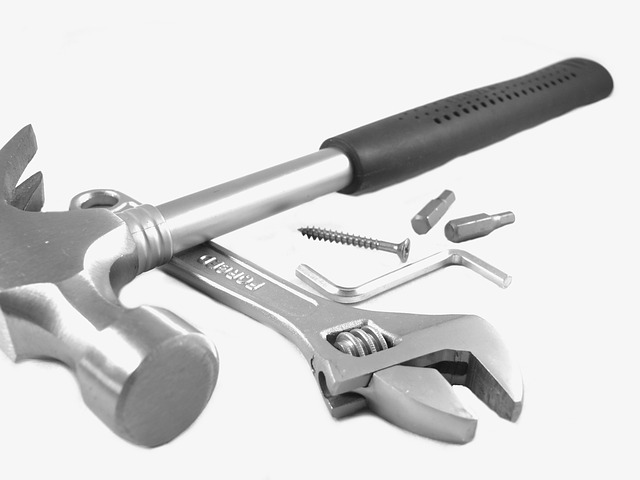 Some public relations veterans argue that the PR industry is slow to adopt new technology tools. PR veteran Bill Hankes argues in an article for Fast Company that the industry is failing largely because of its unwillingness to embrace new technology.
Some public relations veterans argue that the PR industry is slow to adopt new technology tools. PR veteran Bill Hankes argues in an article for Fast Company that the industry is failing largely because of its unwillingness to embrace new technology.
Journalists frequently complain about poor PR practices. Reviewing journalists’ comments on Facebook or Twitter quickly reveals their poor perception of PR pros and their practices.
In most cases, inferior or nonexistent modern-day tools rather than people are the root of those inferior practices, Hankes asserts. PR tools like press release distribution services and media contact databases offer little value, he says. Few reporters read press release distribution services since they seek original news. Media databases remain chronically outdated and mainly enable mass email blasts that journalists derisively label PR spam.
Despite the industry’s reluctance to embrace new tools, a handful of vendors are pushing PR into the future with media analytics services and other technology products. “The early adopters could breathe life into an industry that is failing, and in the process reap the rewards,” Hankes predicts.
PR Know Their Business is Changing
Some research contradicts the assertion that PR pros are Luddites. A survey by the USC Center for Public Relations reveals that PR executive realize their industry is swiftly changing. Most PR executives believe the term “public relations” won’t accurately describe the work they will be doing in five years, the survey shows. Almost half believe PR needs to be more broadly defined, while the rest think the name should be changed.
PR work has largely transitioned from convincing reporters to write stories to crafting and placing articles. PR is also heavily involved in producing owned media, social media promotions, and monitoring social media to protect and improve the brand’s reputation.
Most PR pros take advantage of a range of technology tools to reduce menial tasks, improve efficiency and generally make their life easier, even if the tools were not originally designed with PR in mind. Increasingly sophisticated social media monitoring and measurement services enable PR to track and analyze online mentions of their brands, identify top brand advocates, and safeguard their organization’s online reputation. Still, many PR pros need to improve their knowledge and skills in analytics, database management, search engine optimization and artificial intelligence in order to take better advantage of the newer technologies that can improve PR results.
PR consultant Wendy Marx, president of Marx Communications, takes issue with Hankes ‘ viewpoint, saying he describes old-style tactics rarely used nowadays. “His criticisms slam an older, mythical version of PR that is far from everyday reality for most practitioners.”
Despite the profession’s embrace of technology tools, creativity and relationship-building remain the most important PR skills. The process of creating engaging stories cannot be automated.
“Hankes misses a fundamental point: Technology is simply a tool; it’s only as good as the mindset it supports,” Marx states.
PR can benefit from more and better technology, she admits. Many tools help PR pros tell better stories, connect with influential bloggers, understand competitor behavior and measure results.
Clients Resist Technology
Resistance from clients is a major reason why PR agencies are slow to adopt new technology, says Courtney Lukitsch, founder and principal of Gotham Public Relations. It’s incumbent on PR pros to educate clients about the measureable benefits of digital services.
“Utilizing emerging digital platforms yields measurable marketing and PR results, which is the underlying goal for every client,” Lukitsch writes in Adweek. “With constant skepticism regarding the value of investing in new digital platforms, ultimately it becomes the job of the PR professionals to connect their clients with the technology necessary to further grow their business.”
As PR professionals, we must juggle an ever-changing set of tasks. Recently, that has included mastering new forms of technology to ensure our success as well as the success of our clients. No matter the scope or industry of the client, or the caution they express to dive into new platforms, digital advances and new technology provide an opportunity to improve client results and to demonstrate that success through valid PR measurement.
Bottom Line: PR veterans agree that new technology tools offer substantial benefits to PR teams and their clients. They hold different opinions about how quickly PR pros are adopting those tools. Some say PR pros cling to obsolete practices and outdated tools; others believe the profession has largely transitioned to a new digital environment, although room for improvement remains. Without question, upgrading technology skills improves results and increases value.
William J. Comcowich founded and served as CEO of CyberAlert LLC, the predecessor of Glean.info. He is currently serving as Interim CEO and member of the Board of Directors. Glean.info provides customized media monitoring, media measurement and analytics solutions across all types of traditional and social media.




